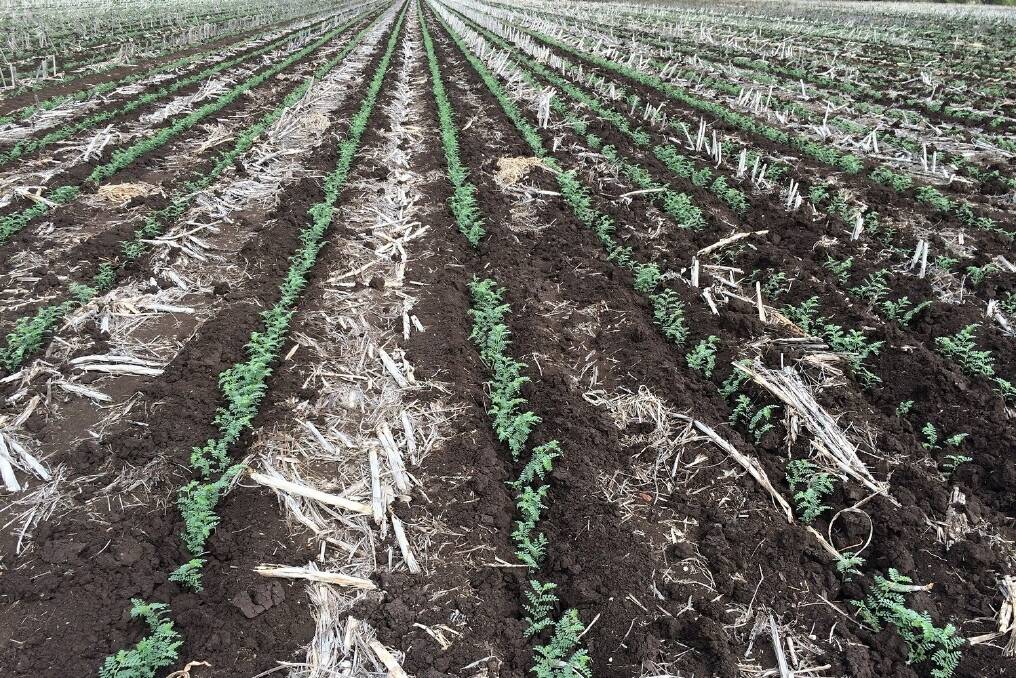
AS the chickpea-planting window closes for 2015, MCA Goondiwindi director Paul Gardoll says southern Queensland and northern NSW growers have planted 30 per cent to 50pc more chickpea area than in previous years.
Subscribe now for unlimited access to all our agricultural news
across the nation
or signup to continue reading
"Most areas have had good rain over summer and autumn that has allowed some growers to expand their area sown and others to take advantage of a double-crop opportunity," he said.
"Chickpea is a well-established crop and most of our clients include them in the rotation on suitable soil types, usually taking 15 to 25pc of the overall cropping area each year."
Paul says follow-up rain last week would confirm a positive start to the season across the area that his company services, from Surat and Condamine to Moree and Mungindi and east across the Darling Downs.
"There is some variation across the growing area, of course, with some pockets missing out on rain, while other areas have had almost too much, with some growers having to delay planting due to wet paddocks."
Supplies of seed were very tight this year, but Paul says most growers have been able to source enough seed of their preferred variety.
The majority of growers have sown PBA HatTrick, with some smaller areas sown to PBA Boundary and Kyabra.
Paul expects experience to play an important role in the success of this year's potentially bumper crop.
With experienced growers growing most of the additional area, Paul says they will be focused on implementing best practice to achieve the yield potential the season has to offer.
"Growers generally have a good understanding of the need to keep on top of their disease and pest management," he said.
"The additional area could put pressure on resellers to have sufficient supplies on hand.
"Some of our clients have supplies already on farm in the expectation that a good growing season is likely to bring with it some disease pressure."
Paul recommends growers at least discuss their likely requirements with their resellers to make sure they can get the products they need in a timely manner.
"Forecasters are predicting that we will not have a season like 1998 or 2010 this year, but it is certainly a positive start for many growers.
"With prices like they are, it would be disappointing to not produce the best possible yield.
"It would be reasonable to assume that the majority of crops will require at least one and probably two fungicide sprays this season."
As for weed control, Paul says most crops are sown into clean paddocks following a pre-planned fallow, and the use of residual herbicide at planting should provide good weed control for crops in the region.
"There is some risk that growers who have taken the opportunity to double crop with chickpea may not have had an opportunity to manage weeds as well as they might otherwise."
MCA agronomists keep their knowledge and skills up to date through regular contact with Pulse Australia field staff and attending Pulse Australia's best management practice training courses.
They offer their clients a full management package, from fallow weed control to pre-planting and harvest.
Paul estimates their staff will be assisting with the management of 80,000 to 100,000 hectares of chickpea crops this season.
Good moisture profiles and excellent prices have the majority of growers favouring chickpea over faba bean this season.

